The Viennese Expressionist Egon Schiele had two urgent interests: himself and his sexual fantasies. Out of such limited preoccupations and by means of a preternatural gift for drawing and graphic design, he created artworks that still burn with narcissistic yearning, erotic desire, bohemian dissent and existential anxiety.
The brevity of Schiele’s life adds to the popular fantasy of the outlaw who lived fast and died young. His career lasted only about eight years, from around 1910, when at age 20 he suddenly found his vision, until his sudden death by flu in the pandemic of 1918. He was not neglected during that time, however. As a student, one of his mentors was Gustav Klimt, the dean of Viennese Modernism, and as a young professional he was included in important group shows in Vienna and elsewhere in Europe. His drawings sold well to discerning collectors, and a solo show at the Vienna Secession months before he died was a critical and financial success. Moreover, he was a dandy with a taste for well-made American shoes and a keen awareness of the cut of his silhouette, as photographs of him in the exhibition prove. So the myth of Schiele as a sacrificial outcast who died to rid the world of its moral hypocrisy does not tell the whole story.

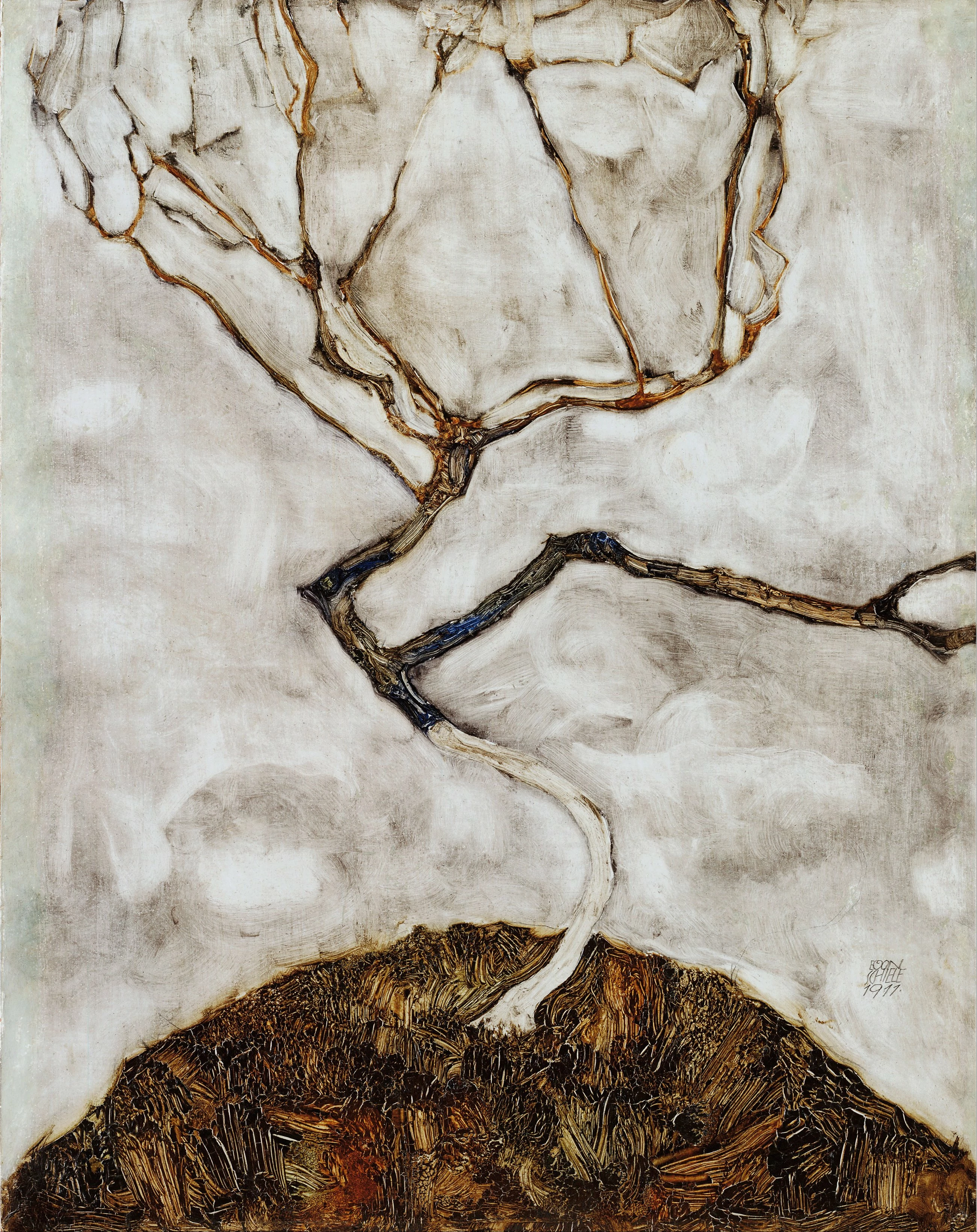

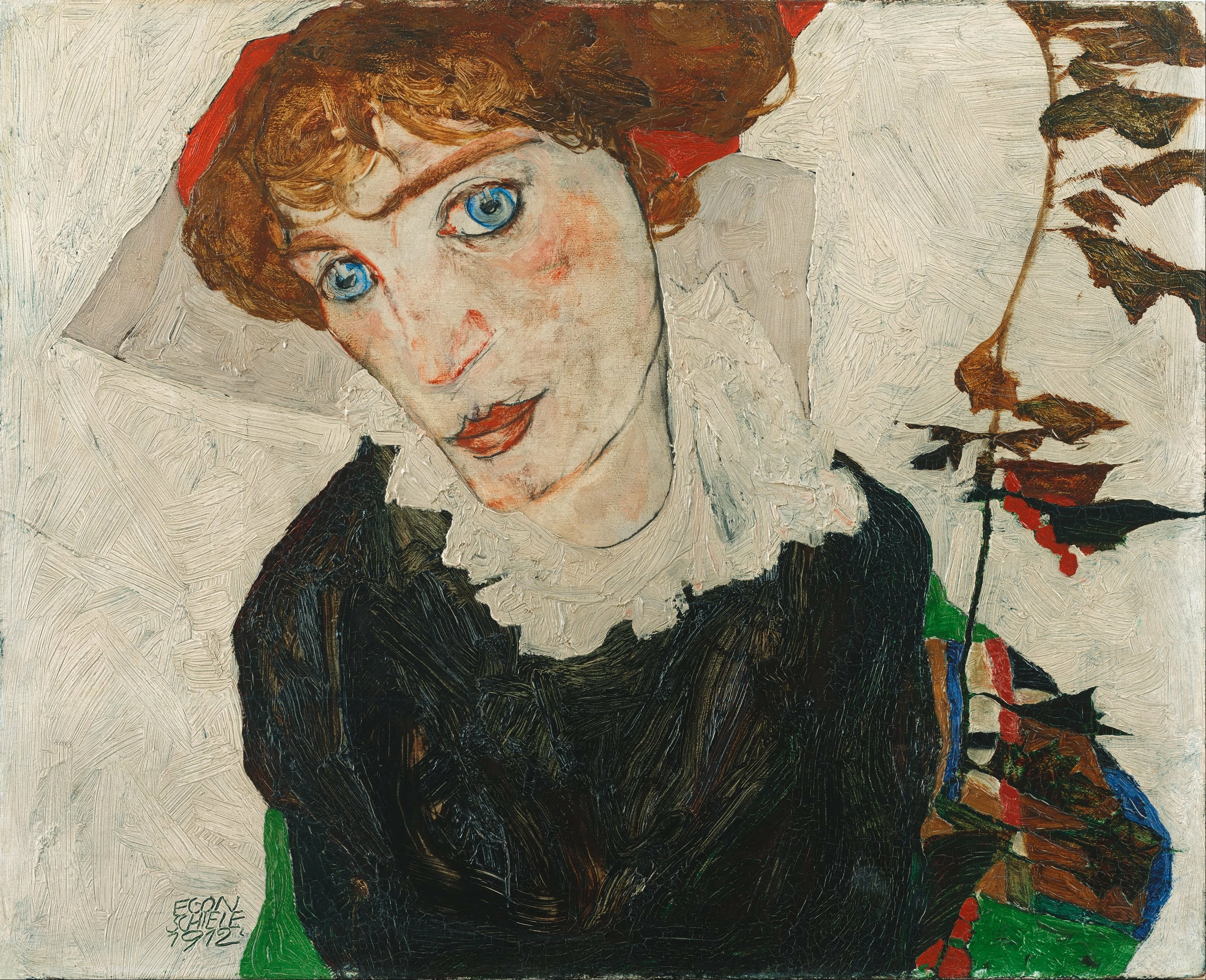
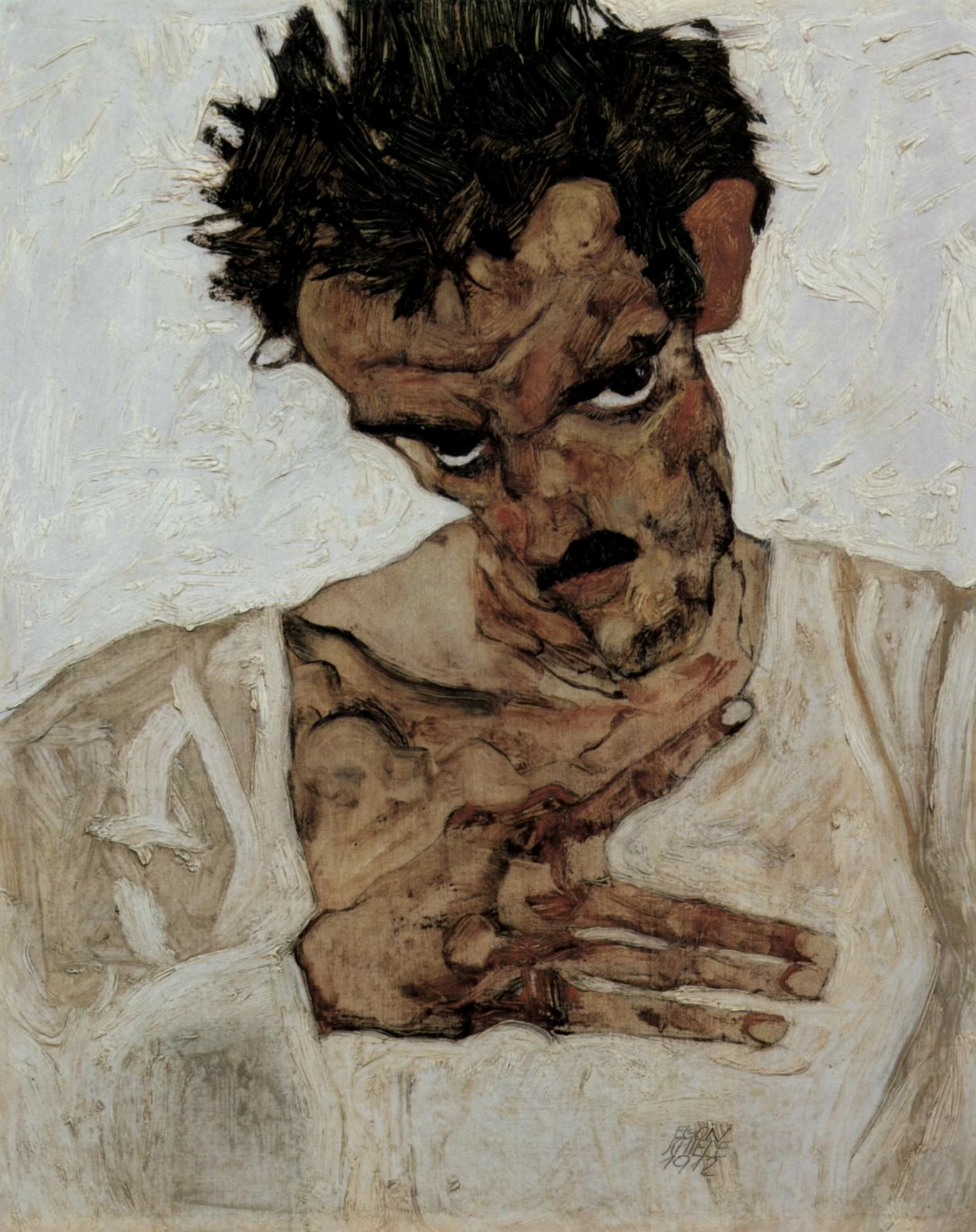

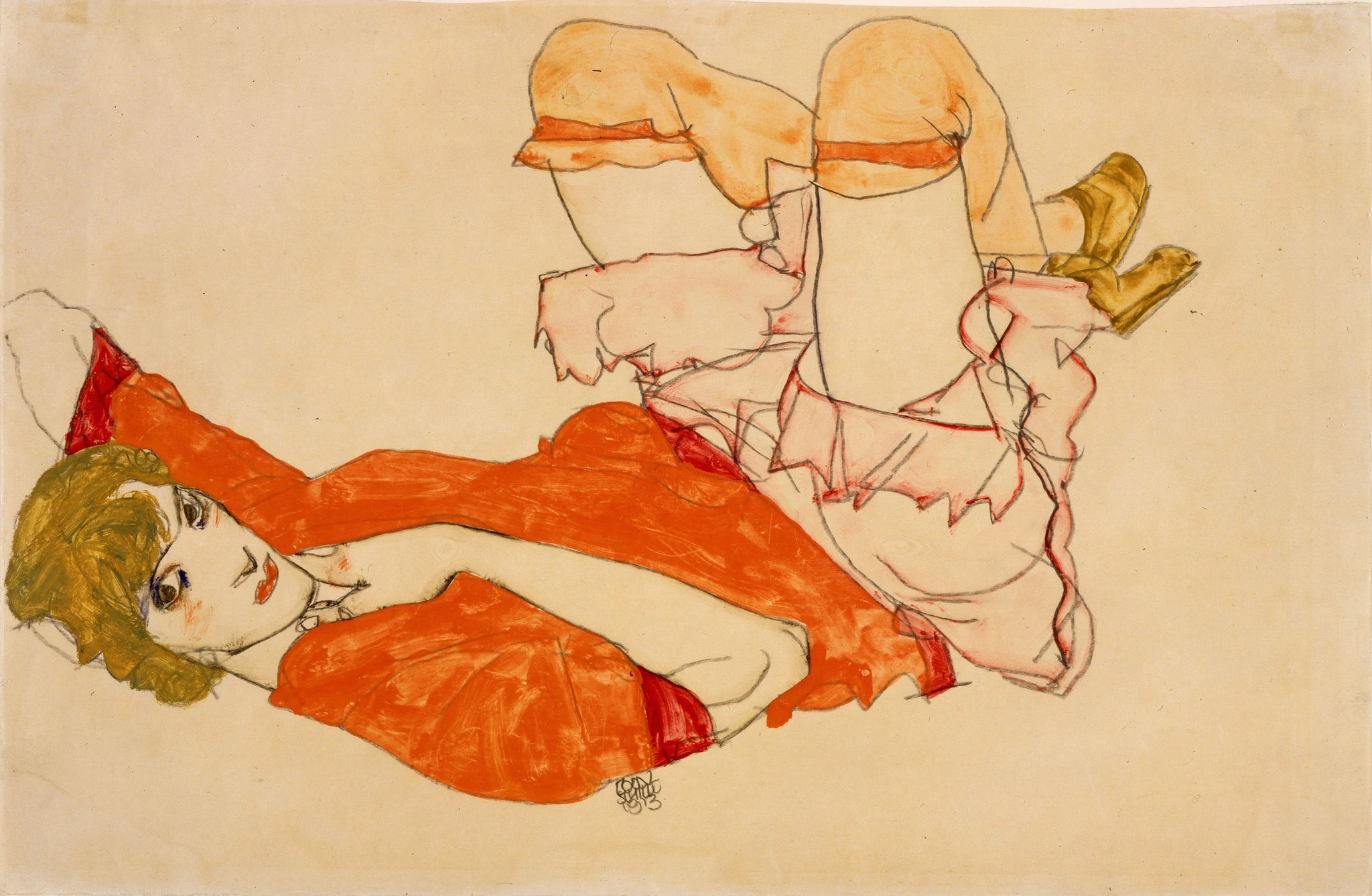
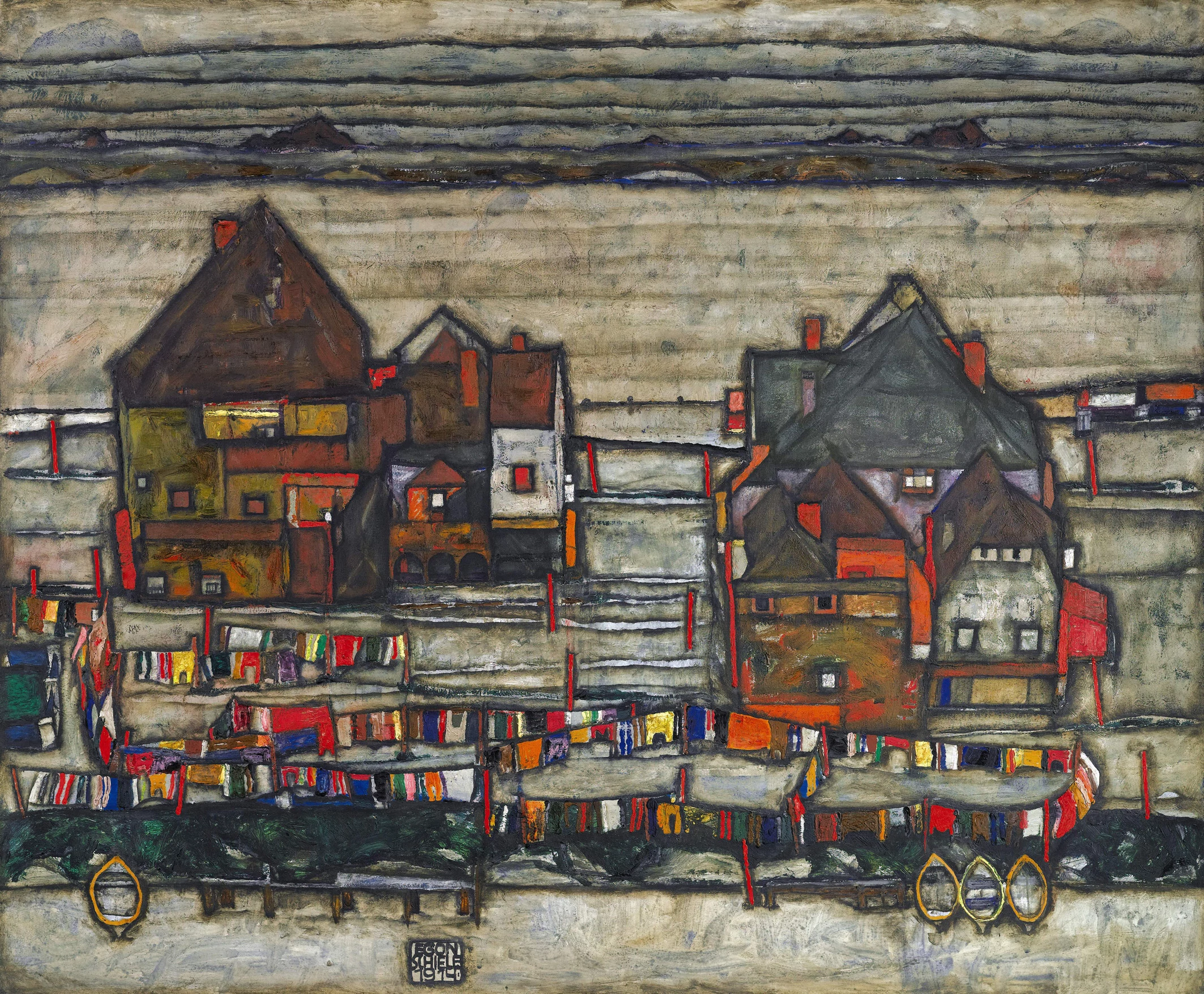

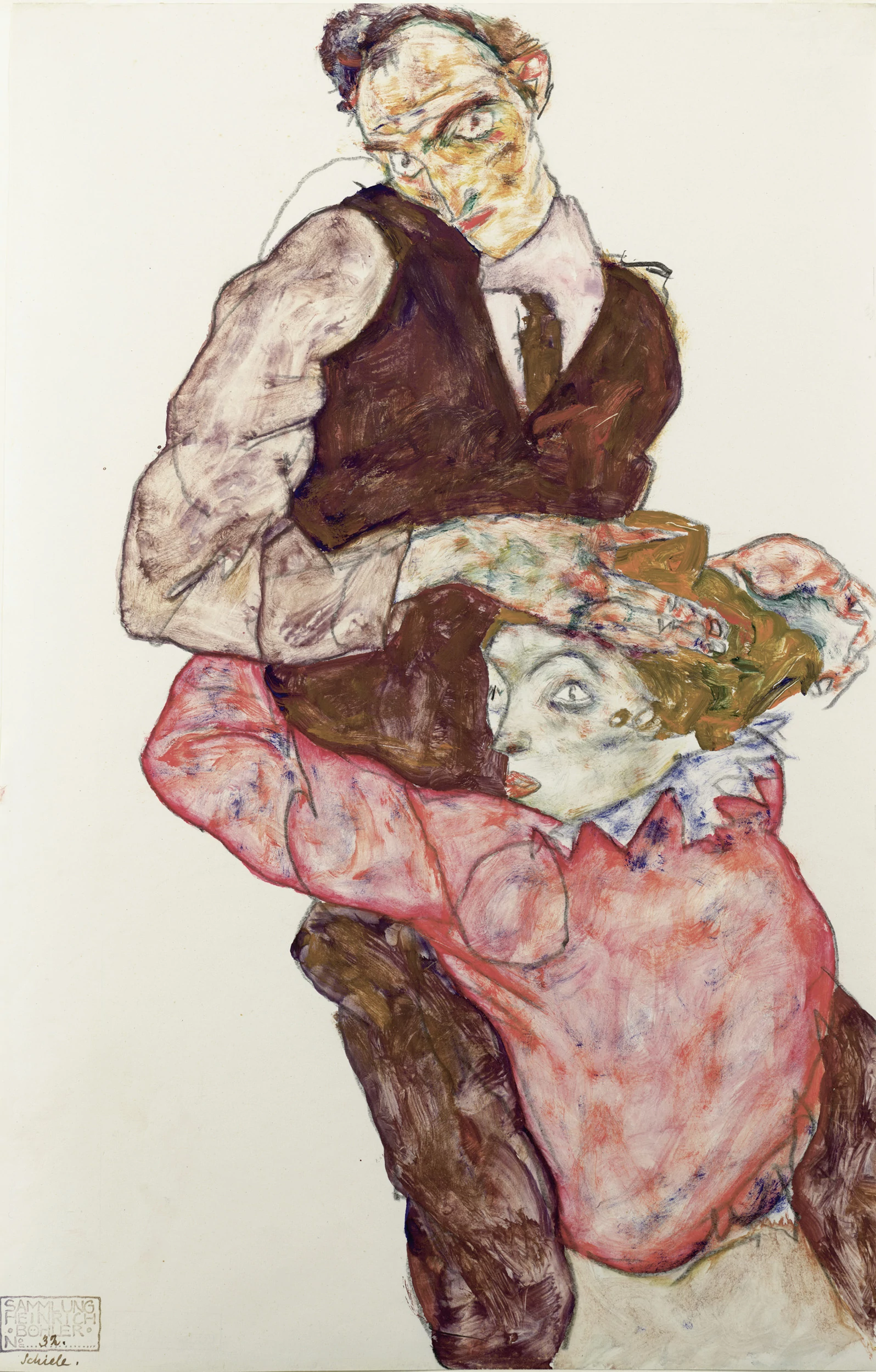


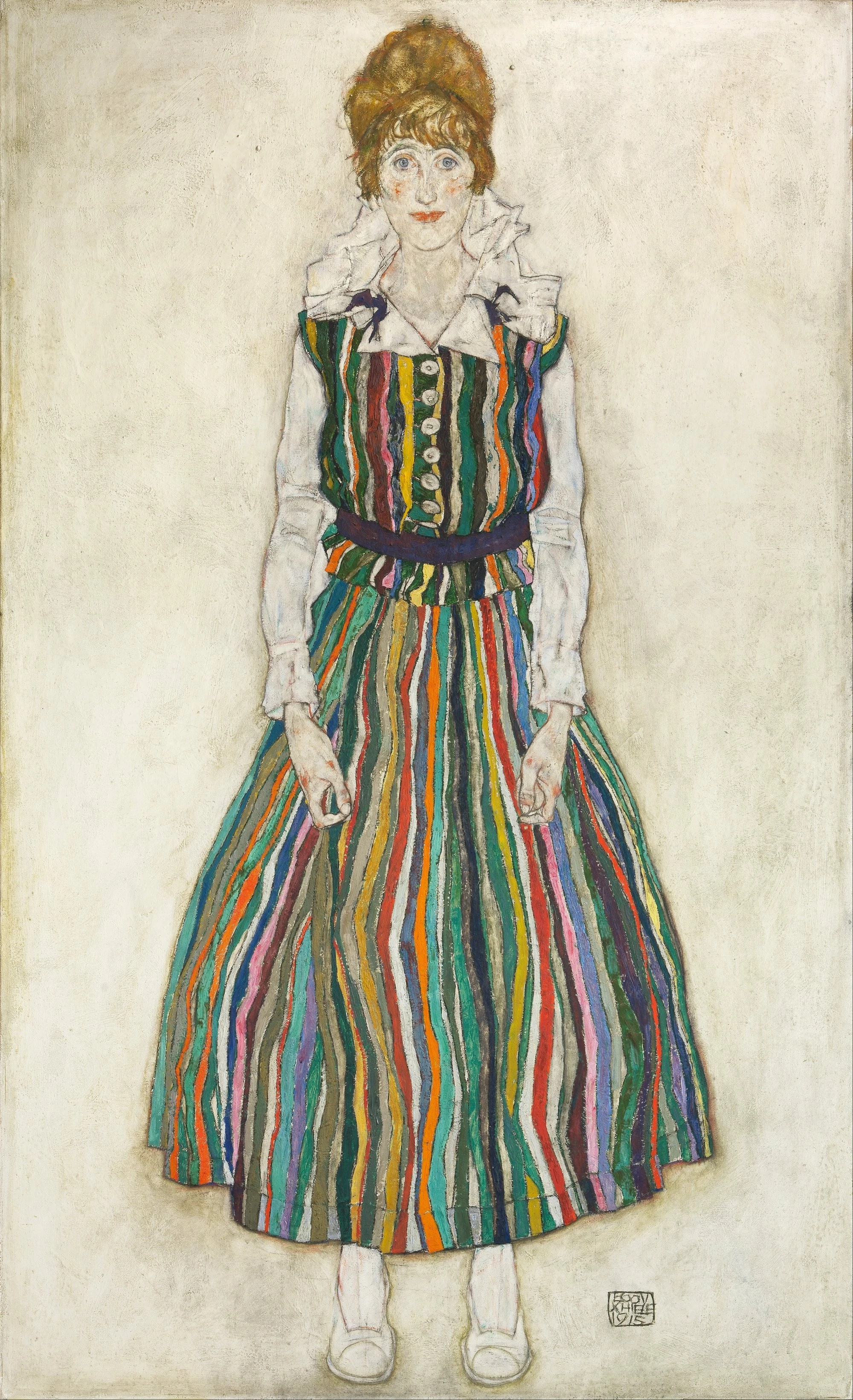

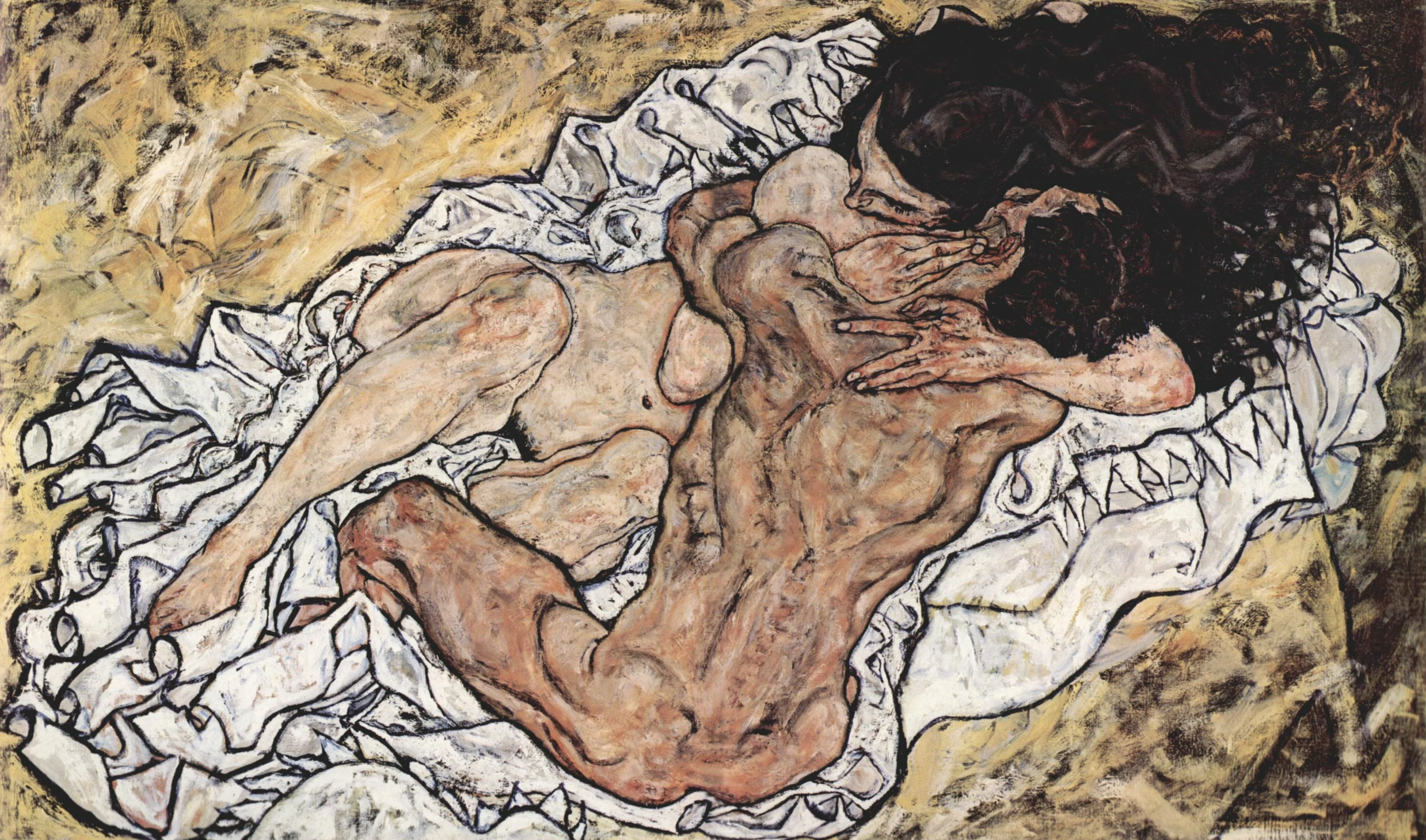
. . . this feeling of being at someone else's mercy weighs on me tremendously, and when such circumstances are prolonged I cannot find delight in art. . .